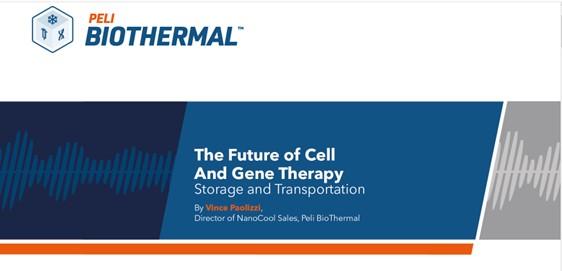Vaporized liquid nitrogen is currently the only workable means of maintaining the ultra-cold temperatures necessary for certain therapeutics and tissue samples. While dry ice is a feasible solution for keeping packages between -20 and -80 C°, colder applications often necessitate the use of liquid nitrogen. This paradigm has resulted in a number of logistical challenges for biopharmaceutical companies, clinical trial sponsors, and healthcare providers, as both the temperature requirements for COVID-19 vaccines and the increasing proliferation of temperature-sensitive biotherapeutics has made ultra-cold storage capacity more critical than ever.
Many companies have worked overtime to expand their ultra-cold chain operations, resulting in new challenges for their shipping operations, both in terms of scale and handling. These challenges extend to home collection shipping, particularly direct-from-patient tissue samples, which are becoming more common with the current surge in decentralized clinical trials (DCTs). The damage that can result from improper transport of these cells makes cold chain storage a crucial part of their handling.
This Whitepaper considers alternatives to the existing methods of shipping Cell & Gene Therapies

